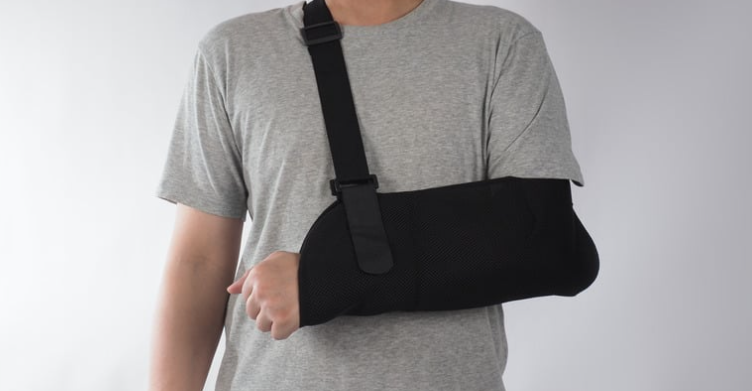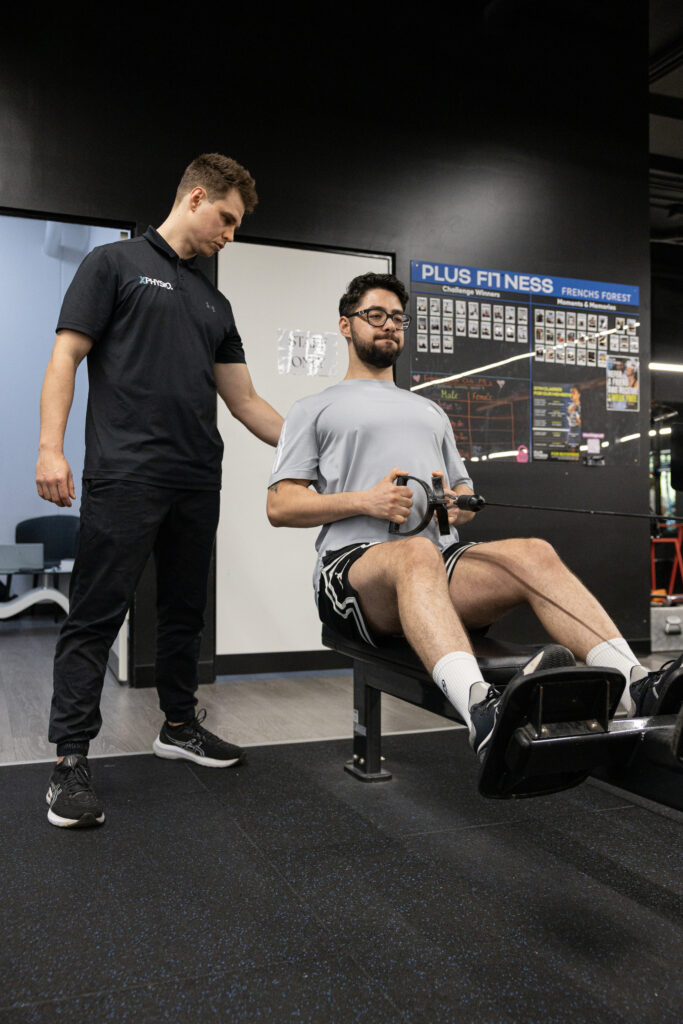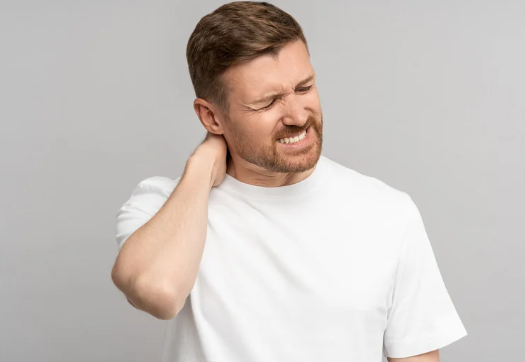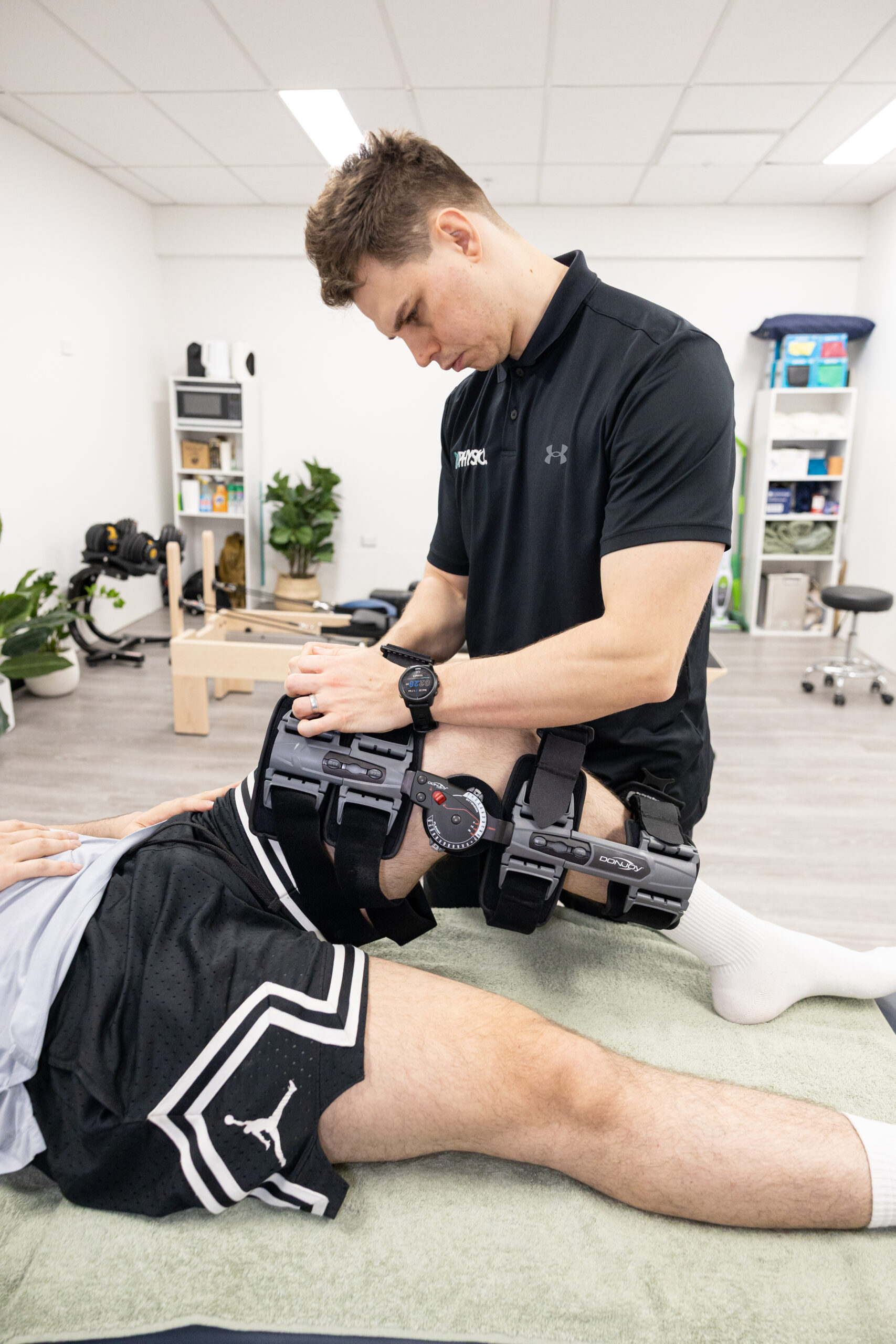
60) Physiotherapy After Shoulder Surgery
Recovering from shoulder surgery can feel overwhelming, but with the right physiotherapy approach, you can get back to strength, movement, and everyday life sooner than you think. In this blog, we’ll cover what shoulder surgery recovery involves, why physiotherapy is vital, and share a real success story from our clinic. Ready to take the first step to a stronger shoulder? Let’s dive in.
Why Shoulder Surgery Happens
Shoulder surgery is often needed when injuries or long-term issues don’t improve with conservative treatments like rest, medication, or physiotherapy alone. Common reasons include:
- Rotator cuff tears – when the tendons around the shoulder are damaged or torn.
- Shoulder impingement – caused by structures in the shoulder rubbing painfully.
- Labral tears – damage to the cartilage ring that helps stabilise the joint.
- Shoulder instability/dislocation – when the joint keeps slipping out of place.
- Severe arthritis – sometimes leading to shoulder replacement surgery.
Each of these conditions can seriously affect how you move, work, and enjoy life. That’s where surgery—and crucially, physiotherapy afterwards—comes in.
To find out more about Rotator cuff injuries, CLICK HERE

The Role of Physiotherapy After Shoulder Surgery
Surgery might repair the structure of your shoulder, but it’s physiotherapy that helps you regain function. Here’s why it’s so important:
- Reducing pain and swelling – targeted exercises and hands-on treatment can calm things down.
- Restoring movement – gentle, guided exercises to gradually return range of motion.
- Building strength – reactivating weakened muscles to stabilise the joint.
- Improving posture – fixing compensations you may have developed before or after surgery.
- Preventing re-injury – making sure your shoulder recovers stronger than before.
Skipping or delaying physio can slow your recovery and increase the risk of stiffness or weakness becoming long-term problems.

What to Expect: A Timeline for Recovery
Every surgery is different, but here’s a general idea of how recovery phases may look with physiotherapy:
Phase 1: Protection & Pain Relief (0–6 weeks)
- Wearing a sling to protect the repair.
- Gentle passive exercises guided by your physio.
- Focus on pain management, swelling reduction, and posture.
Phase 2: Regaining Movement (6–12 weeks)
- Gradual introduction of active-assisted and active exercises.
- Restoring shoulder mobility and starting light functional tasks.
- Ongoing hands-on treatment to improve soft tissue flexibility.
Phase 3: Strengthening & Control (3–6 months)
- Progressive strengthening of the rotator cuff and surrounding muscles.
- Exercises targeting stability and coordination.
- Returning to more demanding daily tasks and work duties.
Phase 4: Return to Sport or Full Activity (6+ months)
- Higher-level strengthening, power, and agility drills.
- Sport-specific or occupation-specific rehab.
- Preventative strategies to reduce re-injury risk.
Your timeline may vary depending on the type of surgery, your goals, and how your body responds.

Common Challenges During Recovery
Shoulder surgery rehab isn’t always smooth sailing. Some challenges you may face include:
- Stiffness – often from wearing a sling for weeks.
- Weakness – muscles waste quickly after surgery.
- Fear of movement – many people feel nervous about “damaging” their repair.
- Sleep problems – discomfort can interrupt rest.
- Frustration – recovery takes time, and patience is key.
The good news? With consistent physio, most of these challenges can be managed and overcome.

Real Patient Success Story
Recently, we worked with Michael, a 48-year-old tradie from Allambie Heights who underwent rotator cuff surgery after years of shoulder pain from heavy lifting and overhead work.
When Michael first came to us, he was:
- Struggling to move his arm above shoulder height.
- Experiencing pain just trying to dress himself.
- Worried about getting back to work.
We guided him through a structured post-op program:
- Weeks 1–6: Focused on passive range exercises, posture correction, and gentle manual therapy to ease stiffness.
- Weeks 6–12: Introduced active range of motion and light strengthening.
- Weeks 12+: Progressed to targeted strengthening, lifting drills, and functional activities related to his job.
Fast forward six months—Michael is now back on site, lifting tools confidently, and even hitting the gym again. His biggest win? “I can finally sleep through the night without that dull ache in my shoulder,” he told us.
Tips for a Smooth Recovery
Here are some simple yet powerful strategies we recommend to all our patients recovering from shoulder surgery:
- Stick to your physio plan – consistency is everything.
- Don’t rush it – pushing too hard can do more harm than good.
- Prioritise posture – especially if you’re sitting at a desk.
- Stay active in safe ways – gentle walking and lower body exercises can boost recovery.
- Ask questions – your physio is there to guide and reassure you.
Why Choose Physiotherapy With Us?
At our clinic, we pride ourselves on:
- Personalised programs – no cookie-cutter rehab here.
- Hands-on treatment – to ease pain and speed up progress.
- Sports and work-focused rehab – tailored to your goals.
- Ongoing support – guiding you every step of the way.
- Strong Relationships – with local Surgeons
Our team understands the frustration of being sidelined by surgery—and we know how to get you back moving, stronger than ever.

Final Thoughts
Shoulder surgery is just the first step—physiotherapy is what helps you truly get your life back. Whether it’s returning to work, sport, or simply enjoying everyday activities without pain, the right rehab program makes all the difference.
If you’re recovering from shoulder surgery or preparing for one, don’t wait to get started with physiotherapy.
👉 Give us a call today on 9806 3077, or book online, just CLICK HERE.
References
- Better Health Channel – Shoulder Surgery
- Physiopedia – Rotator Cuff Repair https://www.physio-pedia.com/Rotator_Cuff_Repair_RehabilitationRehabilitation
- Healthdirect – Shoulder Problems
- Australian Physiotherapy Association – Why See a Physio?



